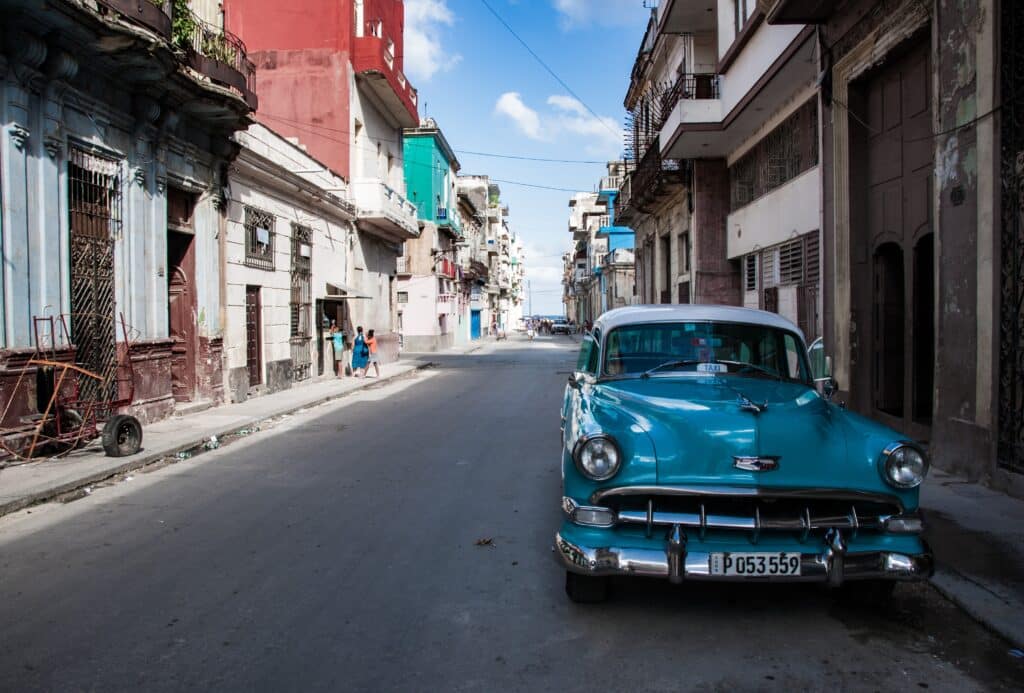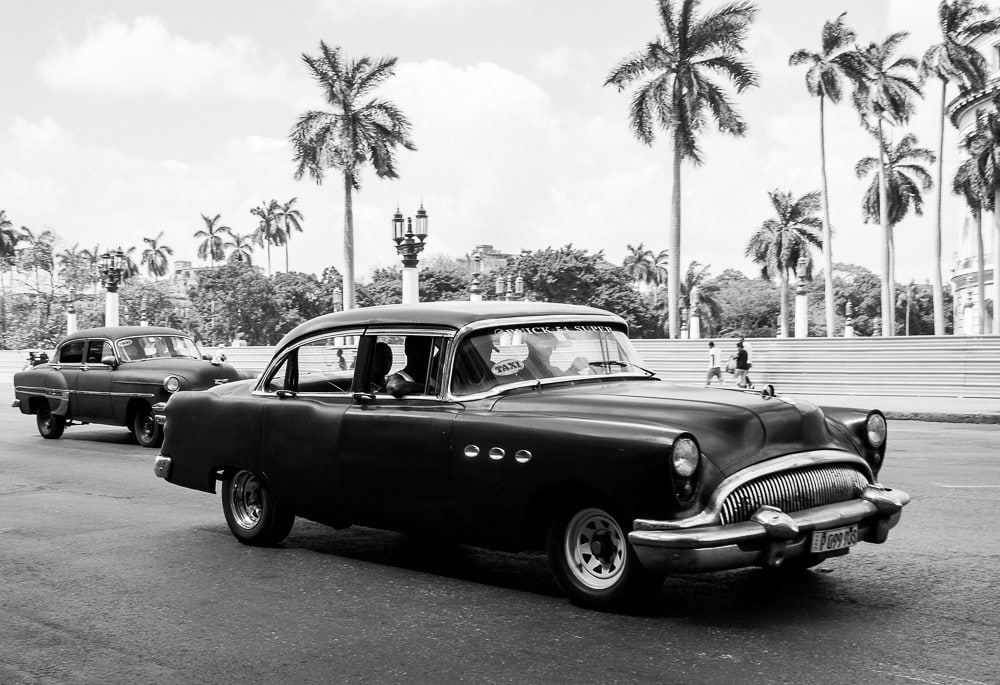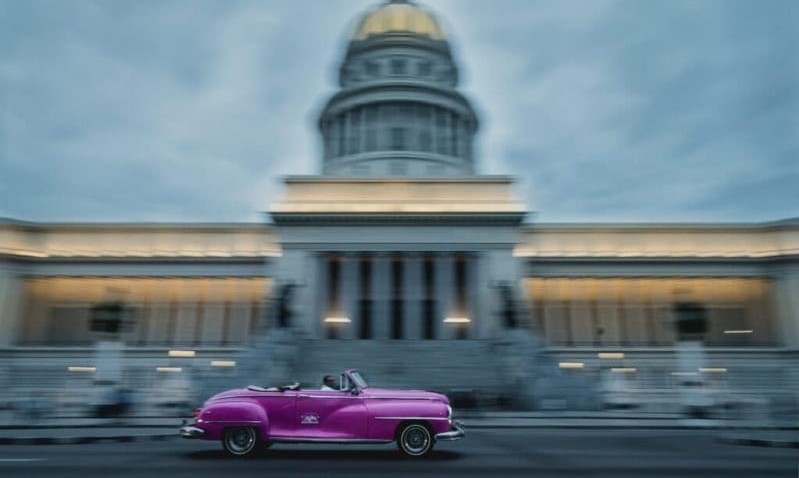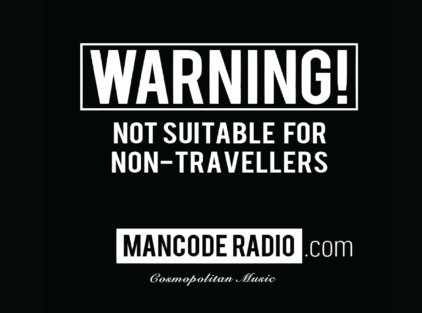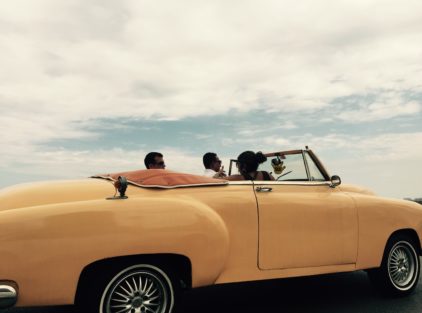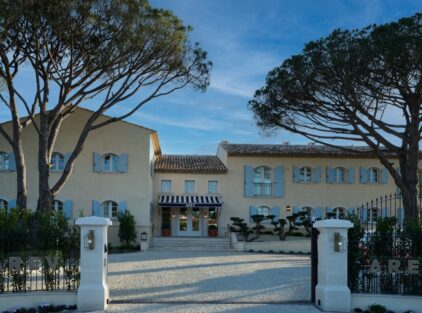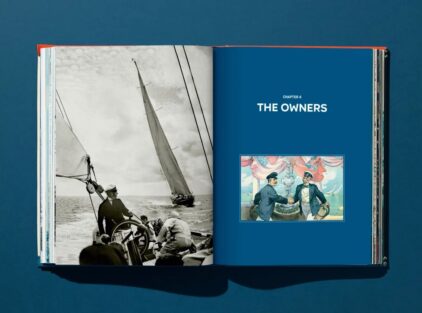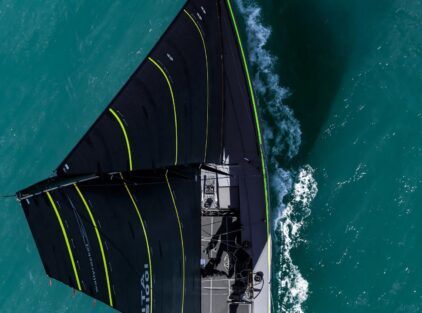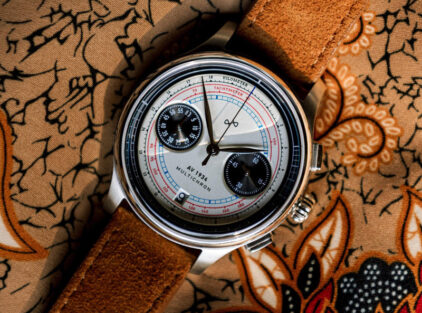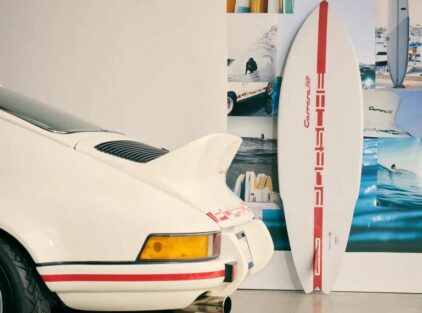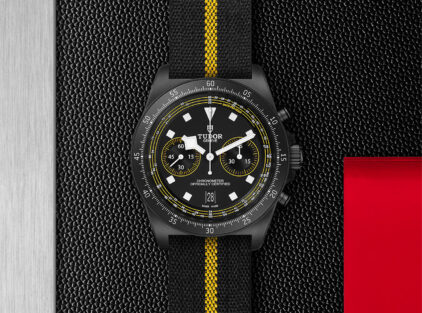The ’57 Chevy owned by Jose Obdilio Duran has holes in the floor, the passenger window can’t be opened and the interior panels on the doors have been missing for years. Nevertheless, the 71-year-old retiree wants to put the American antique back in full service. One of the first sights everyone notices when they arrive in Cuba is the vintage, pre-revolutionary cars, but to see them in such abundance is like experiencing a scene from Graham Greene’s “Our Man in Havana”. In its pre-revolution heyday, Cuba was a huge importer of American cars but that all came to an end when the US embargo hit the country and prevented anything from America from being imported to the island, including parts for repairing and maintaining the cars. In the capital, many people have to hitchhike to work in the morning. Those willing to brave the long lines at bus stops and endure the suffocating conditions can board buses from the former Soviet bloc that still list destinations such as East Berlin. Cuba used credits to buy thousands of new buses from China, but they are used mainly to transport tourists and were not enough to meet demand. Thousands of Cubans already use private cars, either classic or modern, to make black market trips.
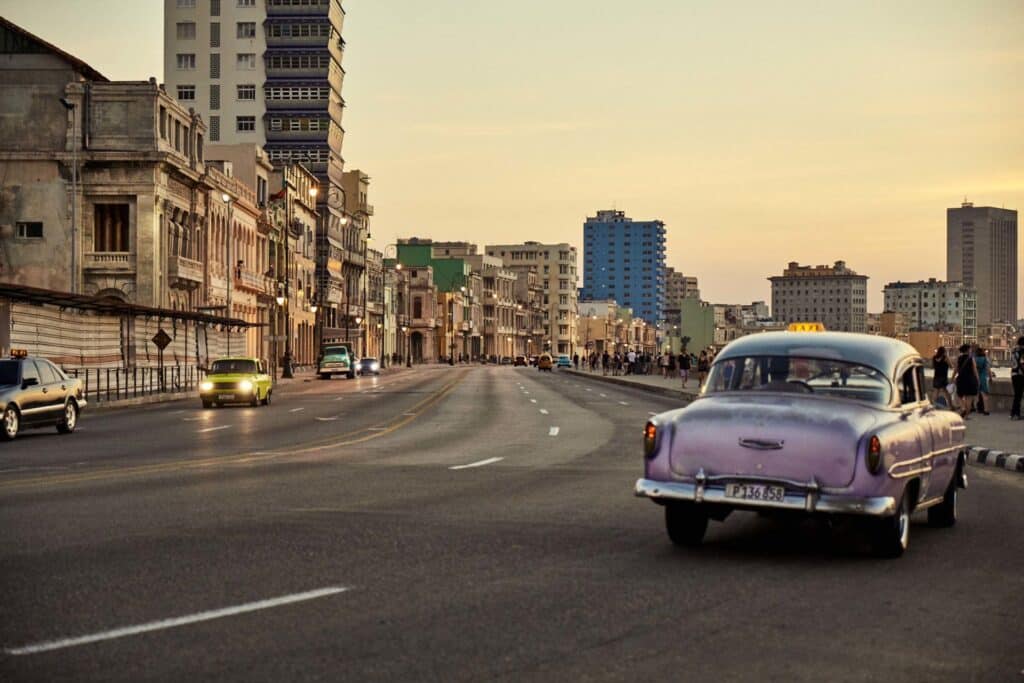
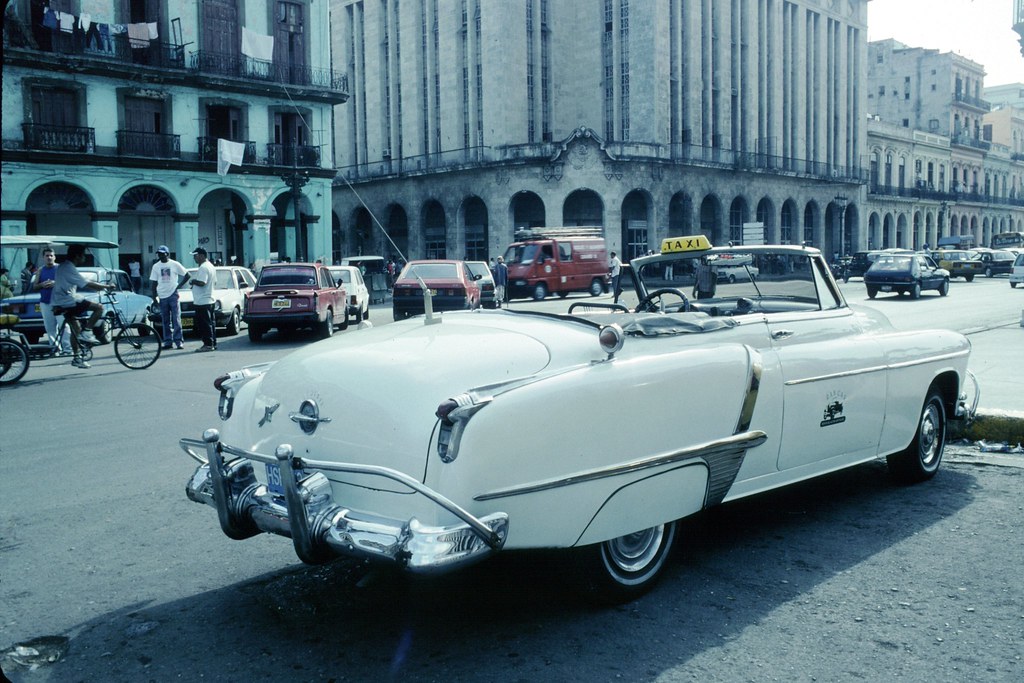
To an outsider’s detached eye, Duran’s brown Chevrolet Bel Air looks like it could fall apart at any moment, but he sees it differently. As he stands beside a massive ’53 Oldsmobile, young Manolo Rodriguez, one of about 50 already licensed taxi drivers waiting under the shade of a tree-lined street beside the majestic dome of the Cuban Capitol-a slightly taller replica of the U.S. Capitol in Washington, D.C.-says with a smile: “One can’t order an Uber in Havana, but without a doubt one will experience the most epic taxi ride.”
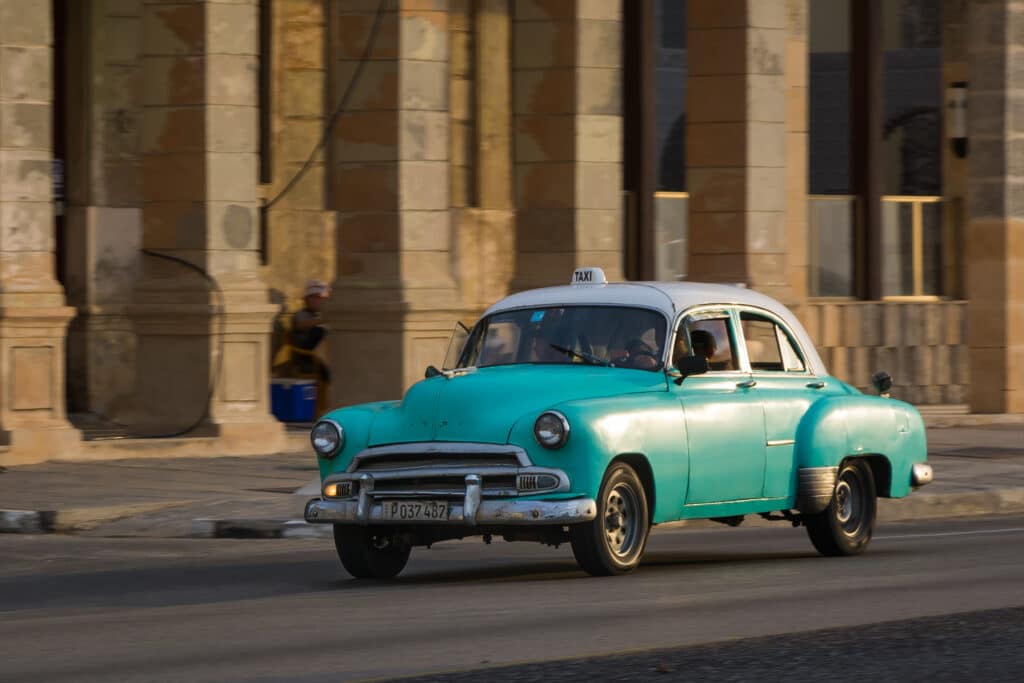
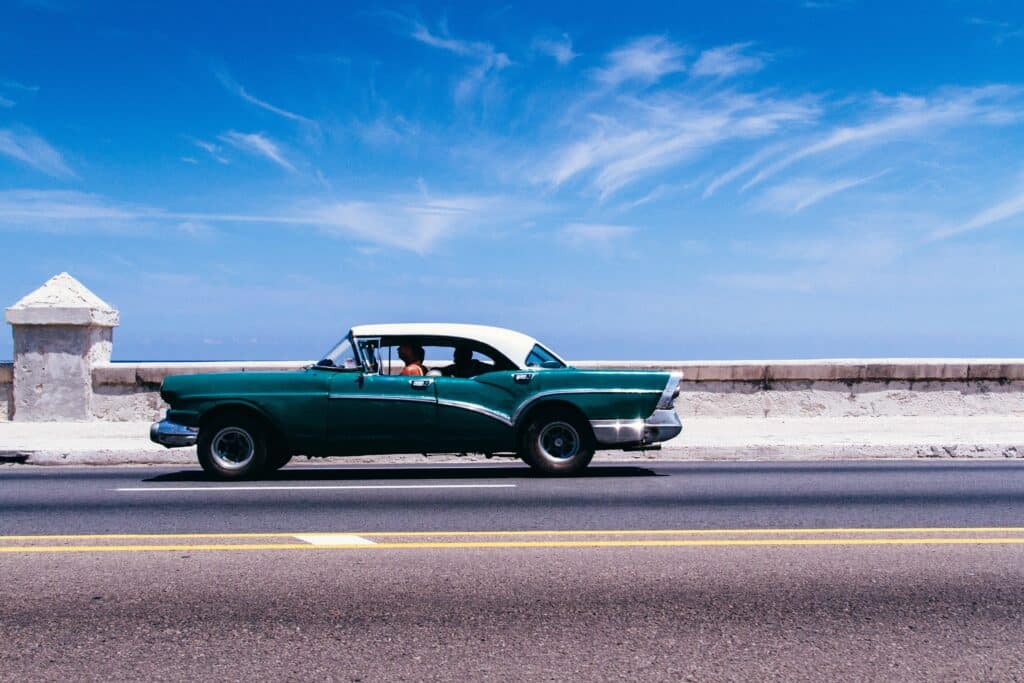
On an island that has nearly 60,000 classic American cars in working order, one can find 1955 Chevys with 1.8 liter Korean diesel engines, as well as Bel Air with a Mercedes engine. Arguably, there are more Chevys on the road in Cuba’s capital than you’ll find at Street Rod Nationals, and they are used daily in any way they can; usually as taxis, but also by those employed in construction or building to haul goods in makeshift trailers. But where Tri-Five Chevys are the most common, the streets of Havana are crisscrossed by silhouettes such as Chryslers, Pontiacs, Dodges, Buicks, Oldsmobiles, Studebakers, Fords, Ramblers, Plymouths and Mercurys being almost all built between 1948-1960.
